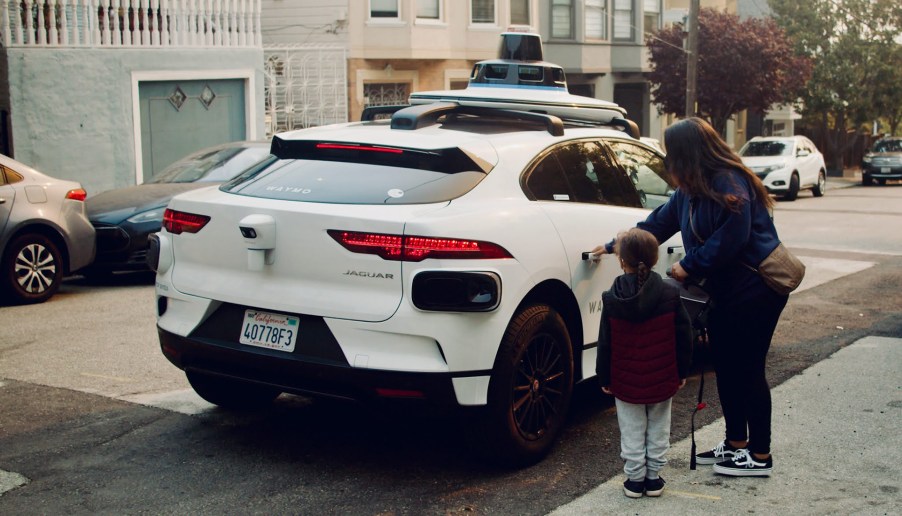
Waymo Autonomous Vehicles Getting Stuck At Dead-Ends
Autonomous vehicles are getting closer to becoming widely adopted on streets all over the world. Some cars use cameras for autonomous driving functions, while others use high-end tech such as lidar to navigate streets without a driver. However, with any new technology, bugs can happen. Waymo’s robotaxis are experiencing a pretty funny one currently.
Waymo Autonomous vehicles are getting stuck on a dead-end street
A quiet corner of a San Francisco neighborhood has been recently experiencing a sudden rise in traffic from an unlikely source. Residents of a Richmond District dead-end street told local KPIX CBS news that it has been suddenly overrun with Waymo autonomous vehicles.
“I noticed it while I was sleeping,” says Jennifer King, a resident of the area. “I awoke to a strange hum and I thought there was a spacecraft outside my bedroom window.”
Apparently, these “spacecraft-like” vehicles are not just showing up during the day but even late at night. When the Waymo autonomous vehicles reach the end of 15th avenue, they have no choice but to perform a very long multi-point turn and then head out the way they came in. Then, inexplicably, another Waymo vehicle will show up sometimes moments later and end up in the same predicament.
“There are some days where it can be up to 50,” said King of the Waymo vehicles. “It’s literally every five minutes. And we’re all working from home, so this is what we hear.”
According to the report, sometimes so many autonomous vehicles will show up at once that they will form an orderly queue as each Waymo car navigates itself out of the dead-end before the next one in line does the same.
It seems confusing that these vehicles would keep getting tripped up on the same road, but according to a Waymo spokesperson, the cars are behaving as programmed.
“We continually adjust to dynamic San Francisco road rules. In this case, cars traveling North of California on 15th Ave have to take a u-turn due to the presence of Slow Streets signage on Lake. So, the Waymo Driver was obeying the same road rules that any car is required to follow,” said the Waymo spokesperson in an emailed statement.
Waymo was recently approved to operate commercially in California

Waymo is one of two autonomous robotaxi firms recently authorized by the California DMV to operate commercially in the state. The DMV granted Waymo the ability to run their fleet of Jaguar I-PACE EVs in pre-designated areas of San Francisco and San Mateo counties. Waymo’s autonomous vehicles are allowed to travel at speeds up to 65 mph and can operate in rain and light fog.
Before Waymo earned the commercial authorization, they were testing their vehicles in the area. Waymo was testing with its employees and operating a “trusted tester” program that allowed the public to go for test rides as well.
Other Autonomous start-ups are looking at commercial transportation

As Waymo continues to ramp up its commercial robotaxi ride-hailing services, other start-ups are hot on their heels.
Texas-based firm Aurora recently announced that they are taking a two-pronged approach to commercializing autonomous vehicles. Aurora will work on robotaxis and autonomous semi-trucks at the same time.
The firm hopes that the revenue from commercial autonomous trucking will subsidize the rapid development of its robotaxi program.
Waymo has a division called “Waymo Via,” which is also developing autonomous semi-trucks. Hopefully, they are properly programmed to deal with dead-ends.


